There are two types of people who use radar detectors: those who are used to Coyote (systematically activated at the slightest journey), and those who live on Waze and fresh water. By chance, I tried, like one of our colleagues (hello Romain) the Coyote Max for 4 months, but I won't continue to use it after this test.
The other difference is that I wasn't a Coyote subscriber before. Here's a slightly new take on something I thought was old-fashioned, outdated, and outdated, like the plastic leather smartphone case attached to your belt. I was wrong. But is the investment worthwhile for everyone? Not really.
What is it?
Before starting the test, it's important to clearly explain what a hazard warning system is. Because that's what it is. While the Coyote app adds navigation, the Coyote Max device doesn't offer this capability. It's therefore a device dedicated to alerting you to unforeseen events occurring on the road, and only that.
Among the unforeseen events, there are radars. This was Coyote's flagship selling point until 2011, when these systems were supposed to disappear. But the law allowed them to indicate "danger zones." Forget the exact location, it is a more or less long distance that is indicated. But we'll come back to that.
What are the differences between Coyote and Waze?
To save you time, here are the major differences with Waze, the other, "free" solution for being alerted to danger zones.
- Waze offers alerts and navigation, Coyote also via the app, but not via the Coyote Max device.
- Waze indicates entry into a radar zone, Coyote represents the zone and your progress within it.
- Waze alerts are binary (alert or not), Coyote's are progressive, with reminders.
- Waze alerts are less precise than Coyote's (which are almost flawless), which is the downside of indicating your position relative to a zone.
- Coyote takes into account section radars and displays your average speed, not Waze.
- The Coyote community is more reliable than Waze (the free VS the paid one).
The Coyote Max, an additional device, expensive, but effective
You have to pay 299 euros to get the Coyote Max. It weighs 175 grams in a 111 x 64.6 x 17.9 mm case.
The Coyote Max uses an 8-core processor and has 8 GB of internal memory. The screen measures 4 inches diagonally. The battery is capable of lasting 2 hours on paper and around 3.5 hours in reality. What's the point? On a motorcycle if you don't have a way to plug in the device (which has a motorcycle mode).
The case has a microphone, a speaker, Bluetooth connectivity, a GPS antenna (quick to attach), a touchscreen that lacks contrast, and a magnetic mount with a connector (not a Magsafe-type standard, but a proprietary system) that allows wireless charging. A USB-C port is also present. It is thus possible to leave only the support in the car and quickly remove the Coyote from its location (practical).
Coyote also sells a whole range of accessories, from the magnetic support to stick on the dashboard (30 euros), to the air vent support (35 euros), including the classic suction cup, which is very effective (35 euros). In short, this proprietary system allows for a strong margin. Good news, each of these accessories was tested and they are all of excellent quality, except for the anti-reflective matte tempered glass which is sensitive... to reflections.
On the device, there is a single button, allowing the power on. Everything else is tactile and simplified to the extreme. In the realm of annoying things is the startup noise when turning on the device which is too loud (it woke the children barely asleep) and impossible to turn off.
The touchscreen is a bit temperamental with the glass protection, but no matter, the voice control exists and once you have made your settings, you will not go back to it.
A simplistic interface and effective voice control
The settings are simple and it is possible to choose between a car or motorcycle configuration. The alerts are customizable with the visual or visual and audio.
The options are simple to configure, but the system is simplistic in its approach. Alerts are divided into 3 categories:
- Checks: mobile speed cameras
- Frequent checks: automatic speed cameras
- Road disruptions: accidents, emergency vehicles, cars going the wrong way (yes, it happens), stopped cars, damaged roads, reduced visibility, slippery roads, in short, anything that isn't a speed camera
It is possible to set the overspeed alert threshold to the speed limit or to +3, +5 or +10%. With information via flash on the screen and/or overspeed beep.
The voice recognition wake-up is based on the word "Coyote". You then have to continue with "report" and indicate what you want to report.
It works extremely well. I tried using words like "Pompote", "Compote", "Mayote", and nothing was triggered. However, it has already been activated on the road.
When a report is made, the device asks you for confirmation. This is normal and well done, because it prevents errors.
How alerts work
Coyote indicates hazards and danger zones. The former are represented at a specific distance. For example, "In 6 km, a car is stopped on the side of the road." You then see an area until you reach the vehicle.
For speed cameras, it's prohibited. So Coyote indicates an area that extends before and after the speed camera. And overall, speed cameras are located about a third of the way from the end of the area or 2/3 from the beginning.
The alerts remain displayed on the screen, with reminders. This is a big difference from Waze or Maps, for example, in which they disappear. This is Coyote's big strength.
The accuracy of the alerts is also remarkable, and in many cases, Waze was completely wrong or wasn't right on the location when Coyote was right on target. Sometimes, the alert isn't reported (a vehicle that has just stopped on the shoulder). Just indicate it by voice and it's done.
Who is it worth the cost for?
There are several points to consider regarding the justification for such a purchase, both the purpose and the subscription.
First, the speeding alert. An alert that can be useful on older vehicles, but that all owners of recent cars hate. Moreover, car manufacturers have all implemented a protocol to quickly deactivate it each time the car is started. However, I kept the visual alert, which is always useful, especially with electric cars that completely erase speed markers.
The same goes for fixed speed cameras, which are often indicated in apps. On Tesla or Android Automotive (same API for GPS), these areas are indicated by audible and visual alerts. This is also the case on Waze.
Incidents are generally well reported on Waze. There are errors, but they're okay. The same goes for Maps. Coyote will provide more precision and accuracy by reporting situations not taken into account by others. But, this is quite rare.
For speed cameras, Coyote is undeniably better and more reliable. If your goal is to drive above the speed limit, then yes, Coyote will work, and there's nothing more effective on the market. Since traffic light cameras are also indicated, it can save a few points.
Why I won't continue with
You understand that purchasing the Coyote Max and even subscribing to Coyote services is a lot, and I hadn't really considered this solution. It's normal, since I've been driving an electric car, I've been preserving my range and no longer risk getting flashed. Joking aside, I had a hard time finding the benefit at first. I've always done without it.
But over the weeks, reliable alerts, reports of blown-up road surfaces and ostrich nests rather than chicken nests on departmental roads have saved my running gear. There was this construction site radar, indicated at 70 km/h by Coyote when the road was normally 90 km/h. There was also this car on the shoulder without lights in an unlit area despite brand new streetlights nearby. In fact, where Waze is wrong and Maps forgets, Coyote is right on target. Certainly, if the eponymous Warner Bros. character had the same precision, Road Runner wouldn't have made more than one episode.
Then there's the investment. For professionals, it's essential and the cost is absorbed by the activity. For individuals, it's more debatable, and I'm an individual. Of course, having a dedicated device is still convenient. It avoids having to deal with notifications on your smartphone or having to choose between GPS and alerts. Having a highly reliable system is also a plus. But to justify the expense... It will depend on each person, the journeys you make.
In any case, Coyote does better, much better than other road hazard warning devices and the Coyote Max has not shown any bugs during its use.
So it is a success.
But despite all the quality, it won't be useful enough to me. Not to the point of paying for the subscription, nor the Coyote Max, but above all, and although I drive a vehicle whose information is centralized on a large screen, I don't need another screen with its share of information. I prefer to concentrate on the road. I'm not against taking out a one-month subscription occasionally, for long journeys. But otherwise, it's dispensable to me.

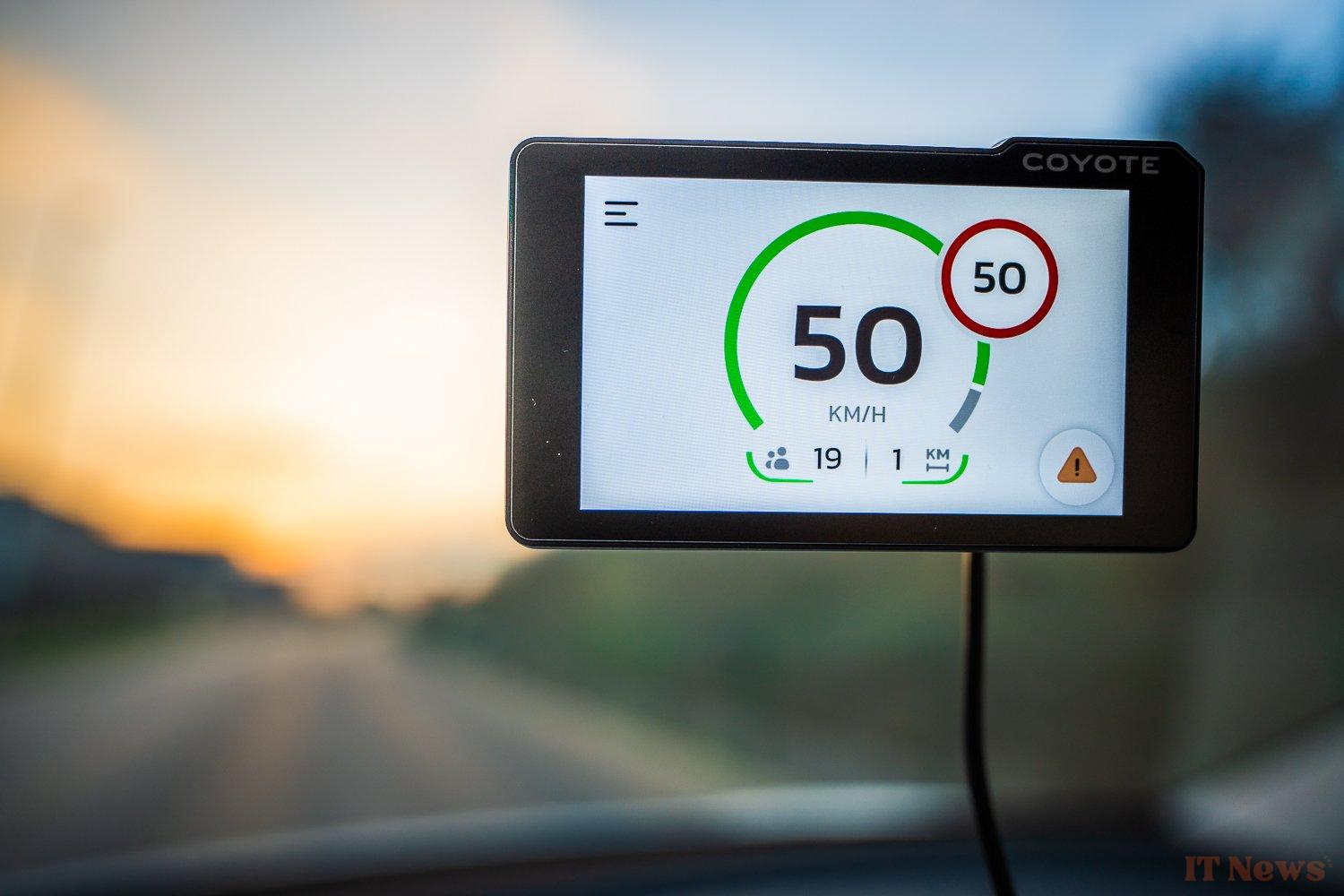
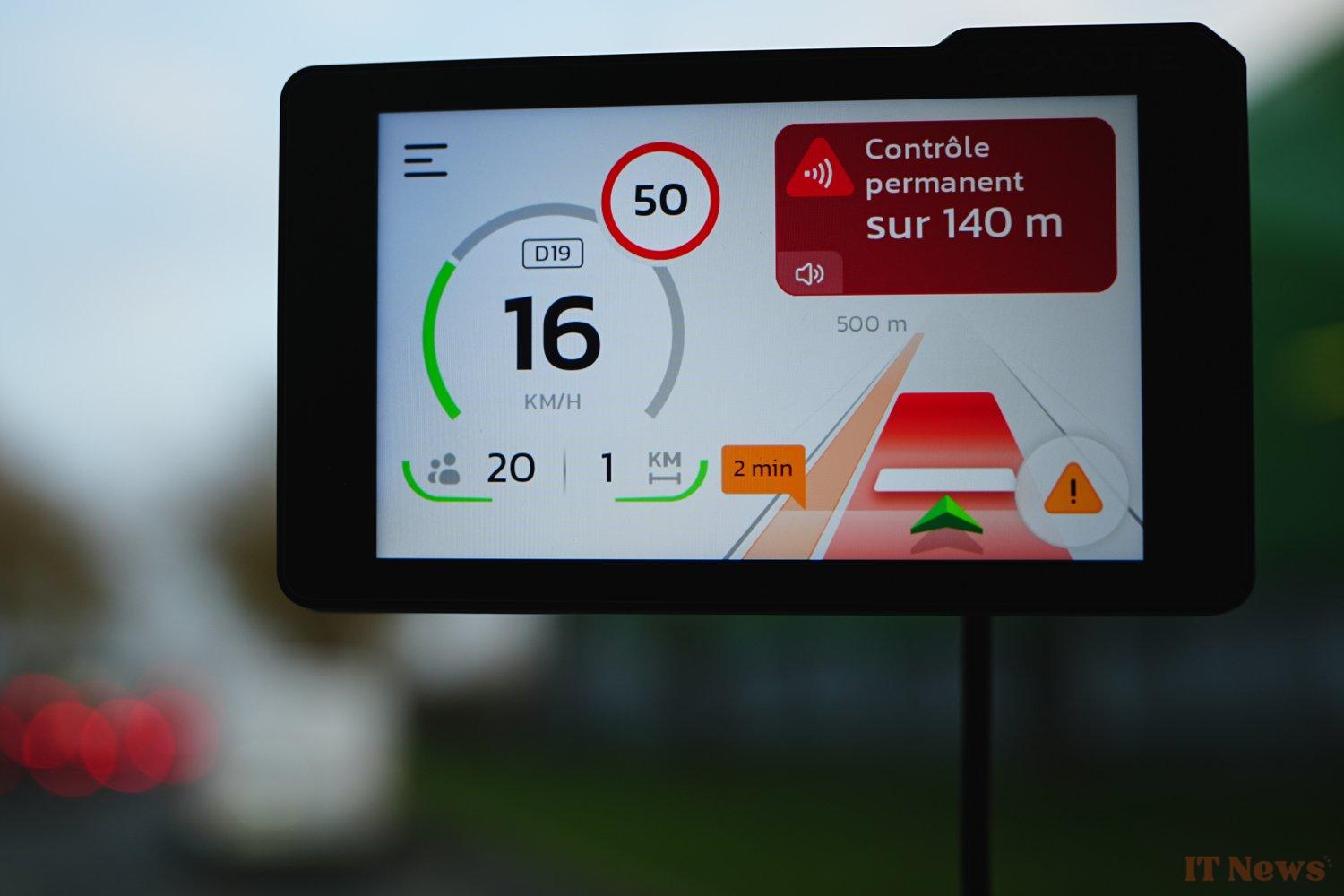
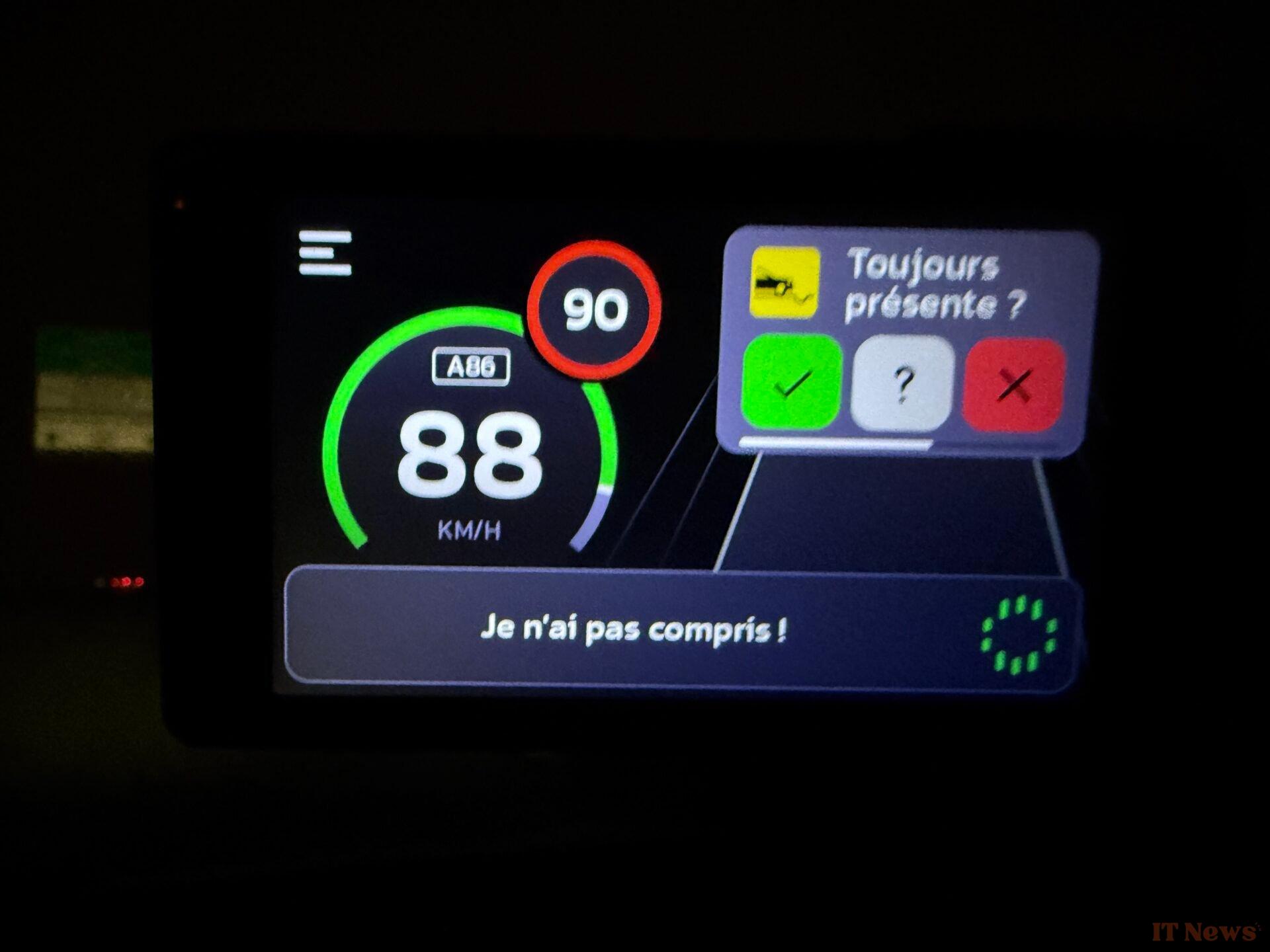
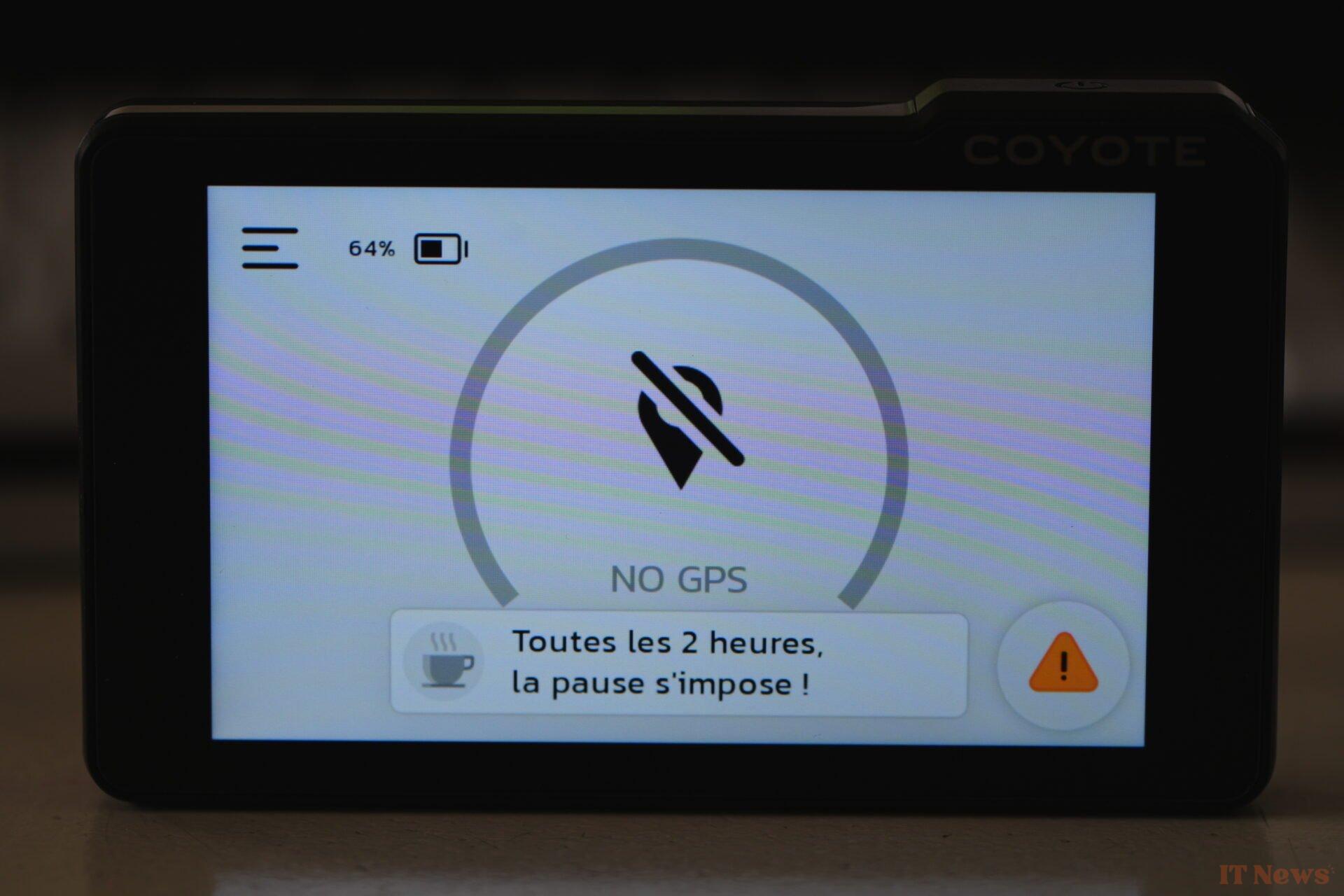

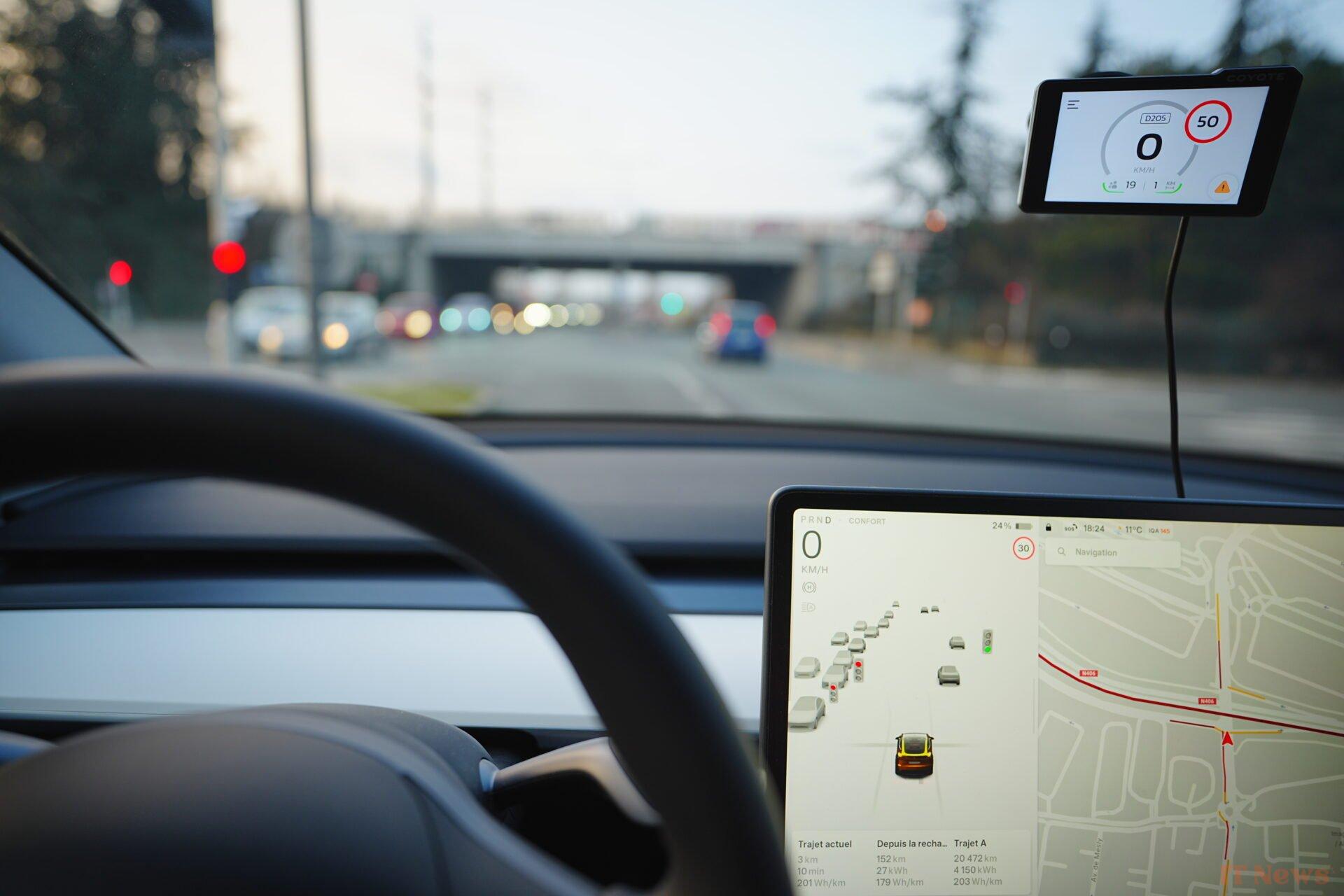
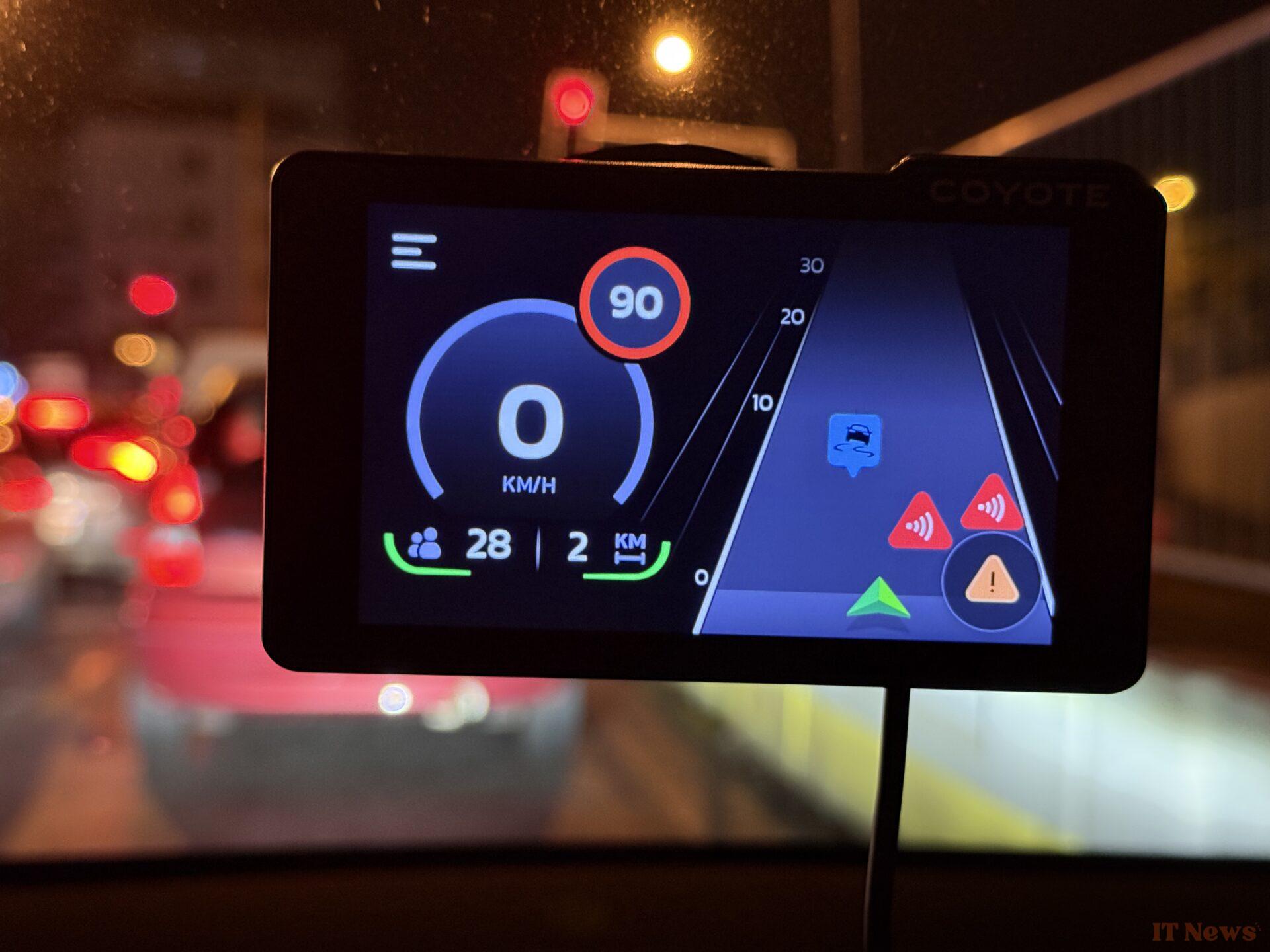

0 Comments